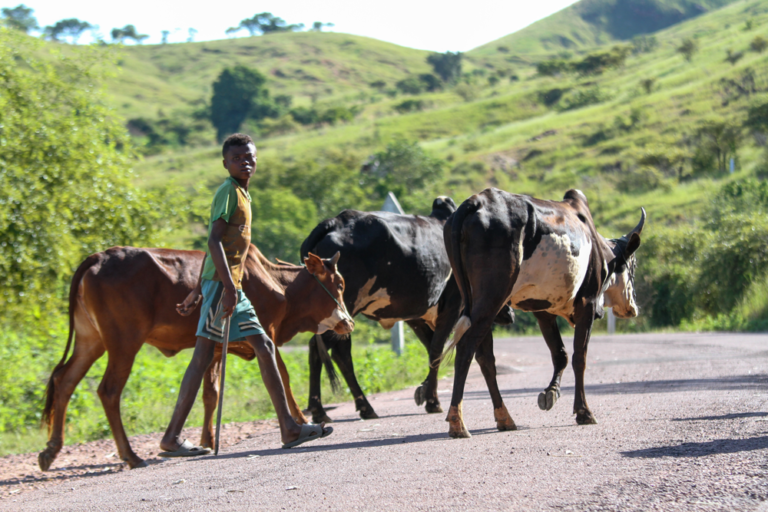
Ten Good Manners as a Traveler in Madagascar
The ten commandments of good manners to follow during your trip to Madagascar to avoid misunderstandings with the Malagasy people.
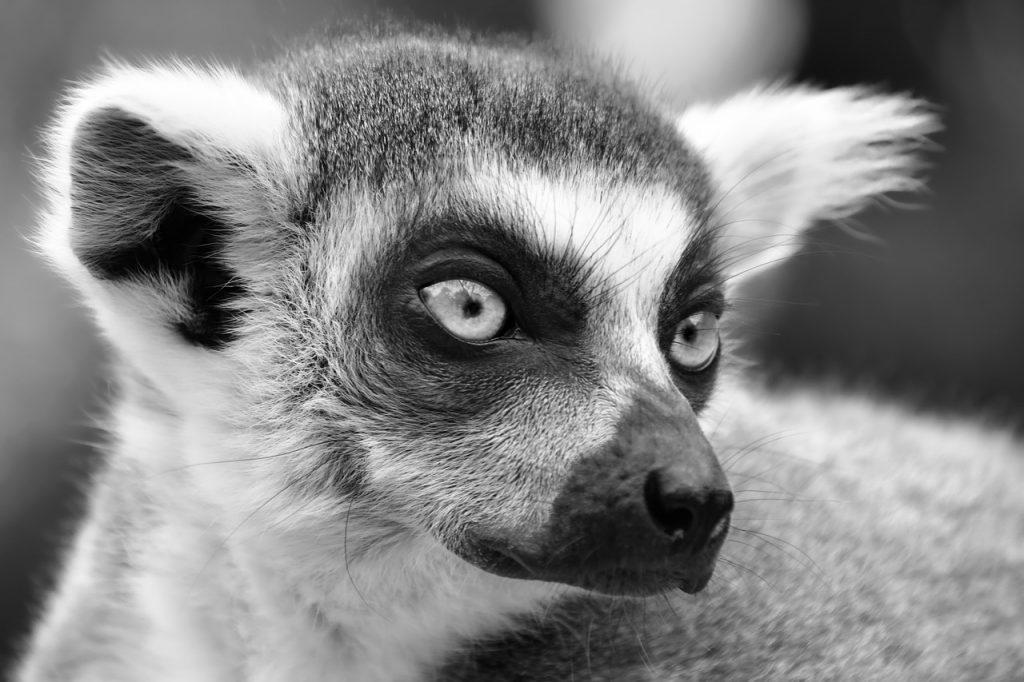

The ten commandments of good manners to follow during your trip to Madagascar to avoid misunderstandings with the Malagasy people.
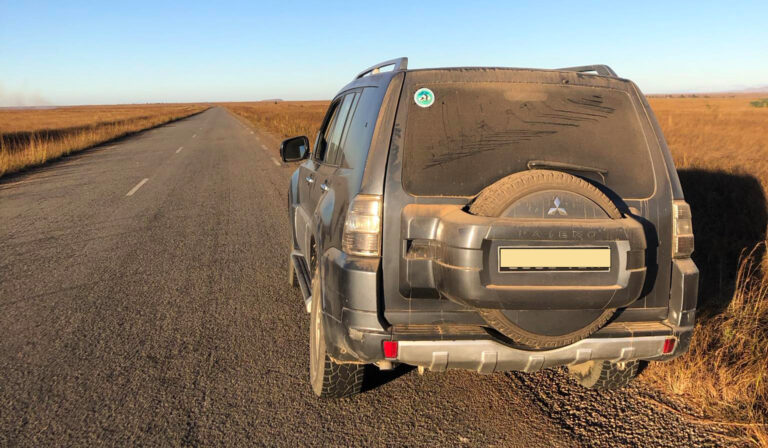
Road travel in Madagascar is an adventure in itself. Despite the communication difficulties imposed by the terrain, road transport is dense. The Malagasy people love to travel, and the sight of a bus station, no matter the locality, is proof of this. Real markets are set up there or stand side by side with small eateries: poultry, piles of potatoes, sacks of bananas, and so on.
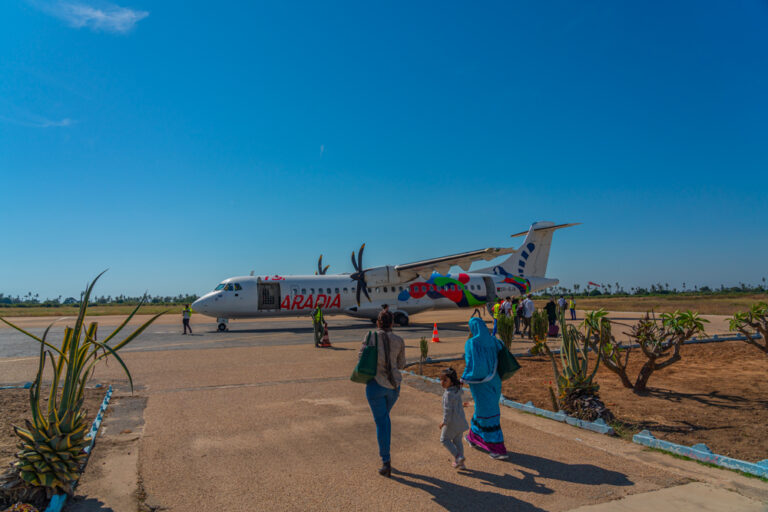
In Madagascar, air transport remains the easiest and fastest means of travel, although not always the safest. The rugged terrain and vast expanses of land make overland travel difficult and significantly lengthen journey times. This often leaves travelers with little choice but to opt for a direct flight to their destination.
Domestic flights are mainly operated by Tsaradia, a subsidiary of Air Madagascar, now known as Madagascar Airlines. Tsaradia offers regular connections between the country's main cities, such as Antananarivo (the capital), Nosy Be, Diego Suarez, Tamatave, Majunga, Tuléar, and Fort Dauphin. These fast flights significantly reduce journey times, especially in a country where roads are sometimes in poor condition. However, despite their apparent efficiency, these flights are often subject to unforeseen events such as cancellations, delays, or technical issues, which can disrupt travel plans.

Madagascar, an island with diverse landscapes, offers a variety of transport options, each with a unique Malagasy touch: from zebu-drawn carts to cars and rickshaws. Among these, river and sea routes stand out for their charm and authenticity. Whether navigating winding rivers or sailing on the crystal-clear waters of the Indian Ocean, the experience is unforgettable and perfectly complements any tour.
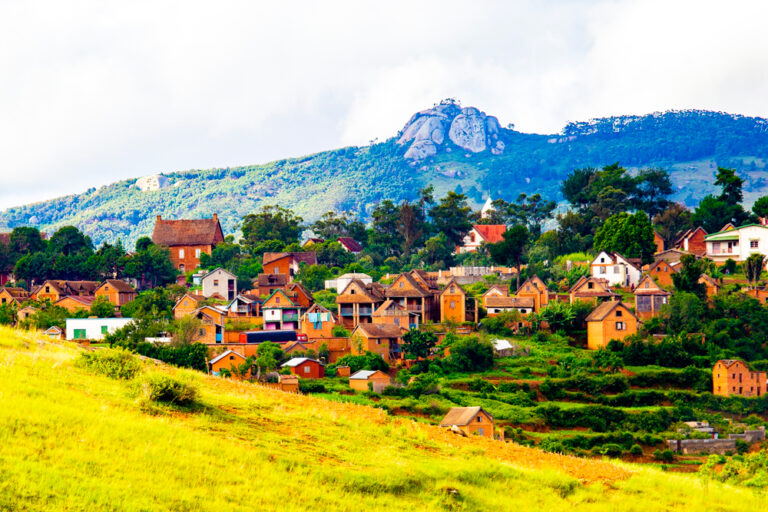
Famous for its delicious cheeses, Ambatomanga, or "blue rock" as it is translated, is a small village located some forty kilometers east of Antananarivo, overlooked by an immense granite rock. The village is known for its quiet surroundings, multi-story houses with tiled roofs, courteous inhabitants who still preserve the Merina peasant culture, and typical landscapes with rice terraces.
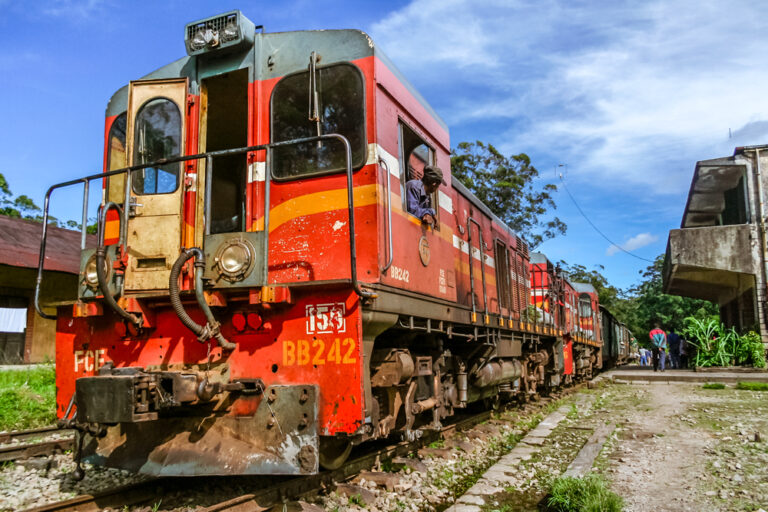
Traveling by rail in Madagascar is both a pleasant and practical experience, and as a bonus, you'll be able to proudly display your low-carbon travel badge. But make no mistake, it's a real adventure! Can you imagine yourself surrounded by shopkeepers with their baskets of fish, poultry, bananas, and other local goodies to keep you company throughout the journey? if that's the case, then let's go together.
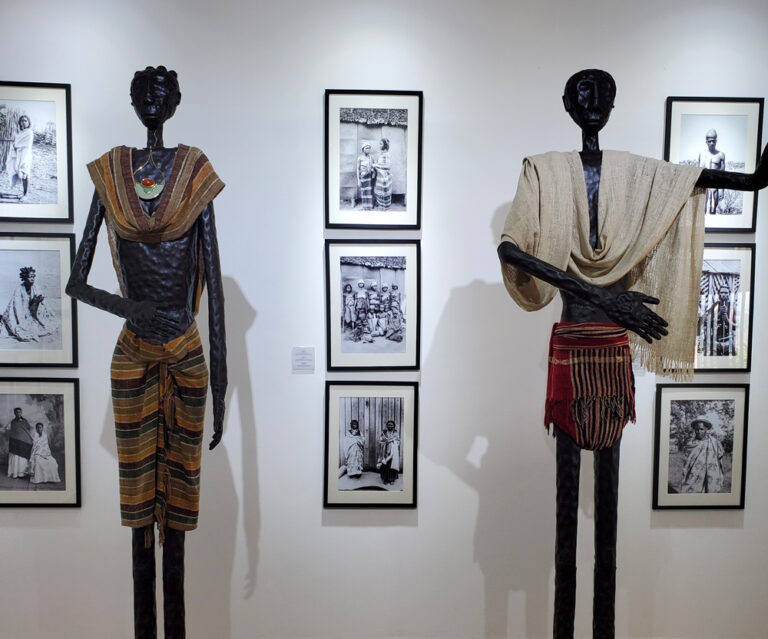
The lamba, a traditional Malagasy fabric, is indisputably Madagascar's artisanal product par excellence. Much more than a simple garment, it is a permanent, even eternal, companion.
It represents Madagascar's cultural identity and is worn with pride by the Malagasy people. Whether it's a square of fabric draped over a woman's shoulder, printed cotton wrapped around her hips, or a shroud lovingly crafted to welcome ancestors into their eternal sleep, the lamba is both versatile and symbolic.
This textile, often adorned with significant patterns and colors, is used in various ceremonies and rites, expressing a sense of belonging to a community and the continuity of ancestral traditions.
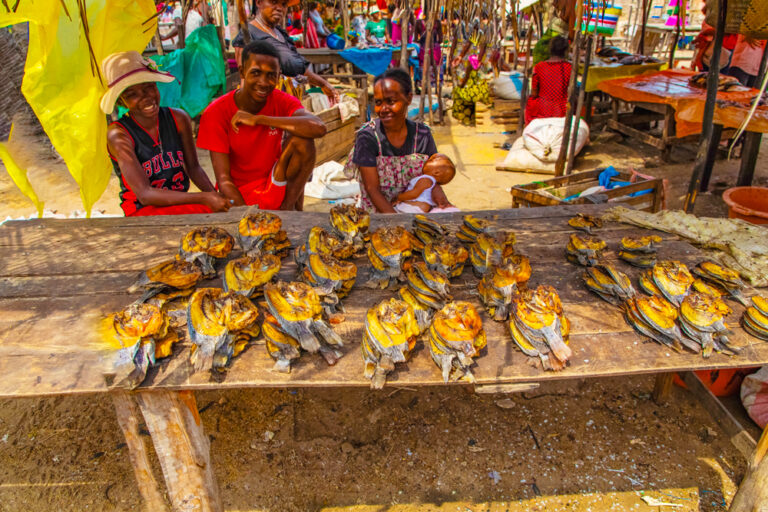
Toamasina, also known as Tamatave, is Madagascar's main port and plays a crucial role in the island's maritime trade. Located on the east coast, Toamasina's primary tourist attraction lies in its diverse tourist population. Throughout the year, the eastern capital welcomes visitors of all nationalities: French, Japanese, German, and Chinese, mostly engineers, technicians, and businesspeople who mingle in the hotels. During the vacation season, the sight of tourists sitting along the seafront is almost ritualistic. Although Toamasina has now been overtaken by Mahajanga as the leading tourist city, this unique spectacle is enough to prove that in Madagascar, the words "vacation" and "tourism" are still closely associated with Toamasina.
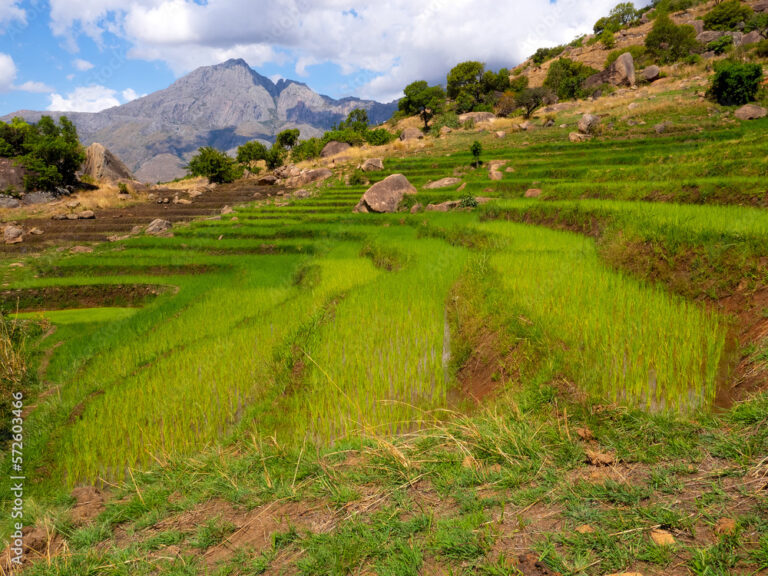
Located in the Ihorombe region, this rich basin, where the dead reside, is dizzying. The vineyards and tobacco fields seem overwhelmed by the black massif of Andringitra and the famous Ambondrombe rock, where spirits seek refuge after death. Ambalavao should be less than an hour's drive from Fianarantsoa, the capital of the Betsileo region, but with the current state of roads in Madagascar, more time should be allowed. You travel through terraced rice fields that cover the hills. The lack of land on the high plateaus has led farmers for centuries to develop a unique cultivation method: they have tackled the mountains and hills, creating their rice paddies through successive terraces. Irrigation is done by capturing rainwater and controlled torrents that flow down through all the terraces. These are soon followed by a forest of shrubs, the tapia, a genuine reserve of silkworms strictly protected against bushfires.
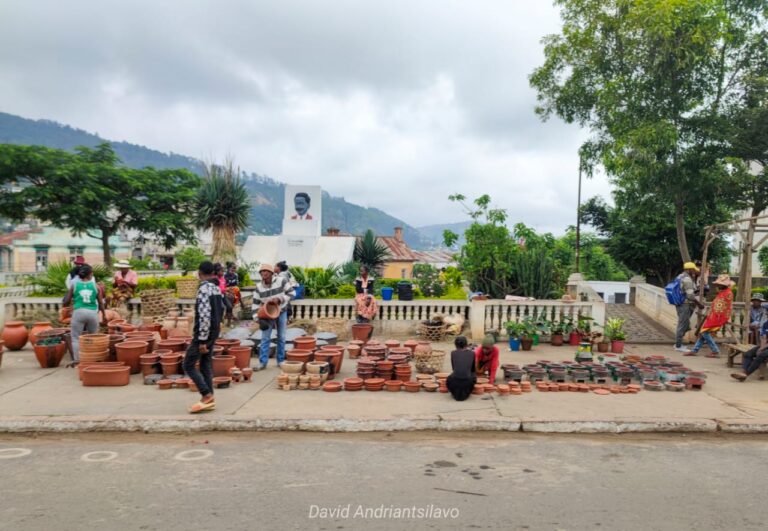
On a journey southward through the big island, one cannot overlook Fianarantsoa, the capital of the Betsileo region, called "Fianar" by locals. Known as "the city where good is learned," it has become the undisputed intellectual capital of Madagascar.
The strong concentration of Christian missionaries, combined with the inhabitants' innate interest in work and scholarship, has transformed this terraced city in the heart of the Highlands into a must-visit destination for publishers, authors, and historians. This unique character alone justifies a visit to Fianarantsoa.
Nestled 408 km from Antananarivo, the city was founded in the early 19th century from a small village surrounded by terraced rice fields. It was Queen Ranavalona I who decided to establish her second capital there, intended to become a center for the spread of Christianity.